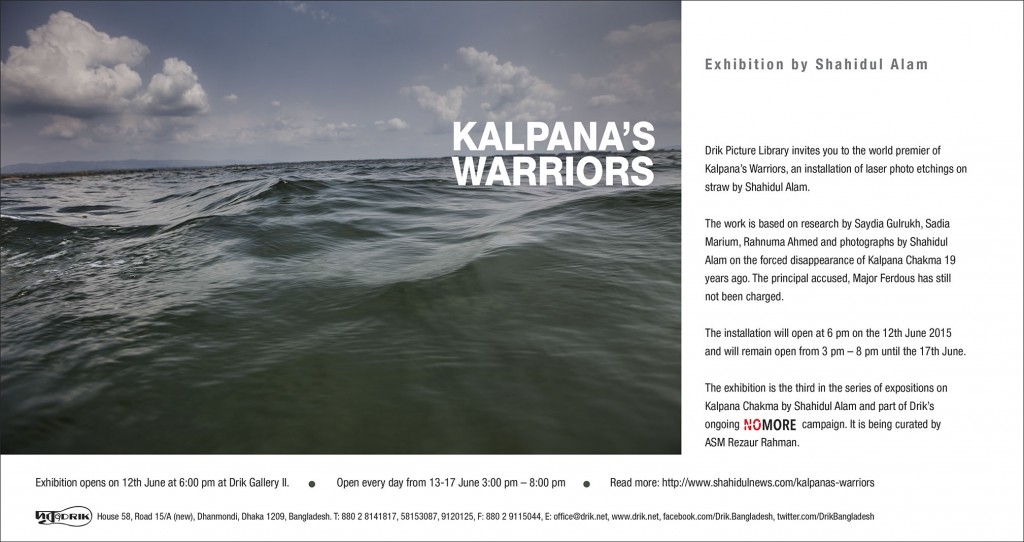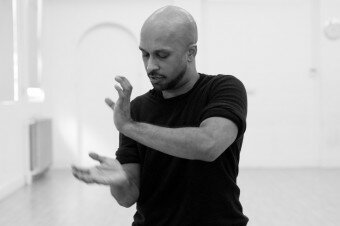Category: My Photo Essays
Forest of Tides: The Sundarbans
Written by Louis Werner Photographed by Shahidul Alam / DRIK
Split not quite in half by the border between India to the west and Bangladesh to the east, crowning the Bay of Bengal, the world?s most complex river delta works like South Asia?s showerhead?one the size of Lebanon or Connecticut. Fed by Himalayan snowmelt and monsoon runoff, carrying a billion tons a year of Asian landmass suspended as sediment, the three great flows of the Ganges, the Brahmaputra and the Meghna rivers all end in one vast estuarial tangle, one of Earth?s great water filters, the mangrove forests of the Sundarbans. Continue reading “Forest of Tides: The Sundarbans”
Humanitarian to a nation
Originally published in Saudi Aramco World

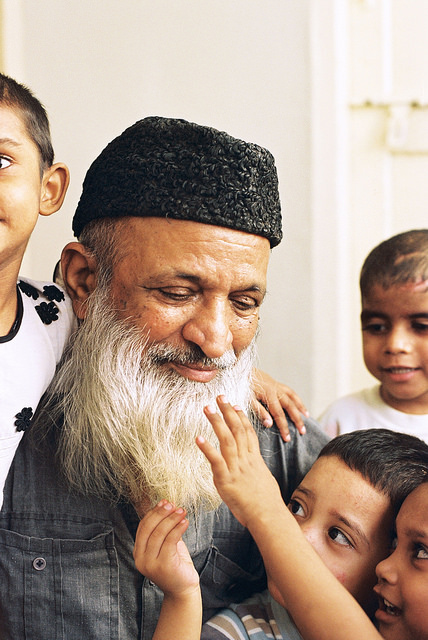
In the cool interior of a mental ward in Karachi, a short, powerfully built man with a flowing snow-white beard and penetrating dark-brown eyes is standing at the bedside of a distraught young woman. She has covered her head with a sheet and is pleading for news of the two children her husband took from her.
?I know you are suffering terribly, but this is no way to bring back your children,? says the man with stern compassion. ?You have a college degree. You can do many things to help the other patients.?
More photos on flickr: Continue reading “Humanitarian to a nation”
Kalpana's Warriors
Remarkable: Noam Chomsky
Absolutely stunning: Jess Worth. New Internationalist Magazine (Oxford)
They told me you were quiet. But I felt the rage in your silence. That when you spoke, they rose above themselves. But I felt their fear. That they held you amidst them. But I felt their loneliness. They pointed to the Koroi tree where you would all meet. The banyan tree under which you spoke. Ever so powerfully. They pointed to the mud floor, where you slept. I touched the mat that you had rested upon, and I knew I had found the vessel that must hold your image.
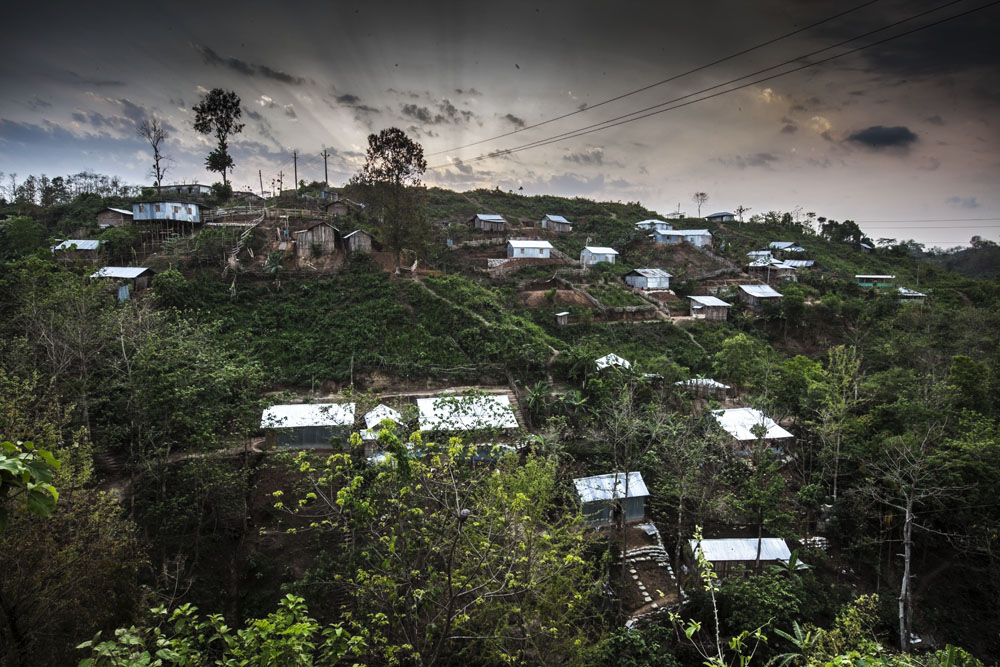
They had tried to erase you, your people, your memory. They had torched your homes and when coercion failed, when you remained defiant, they took you away, in the dead of night.
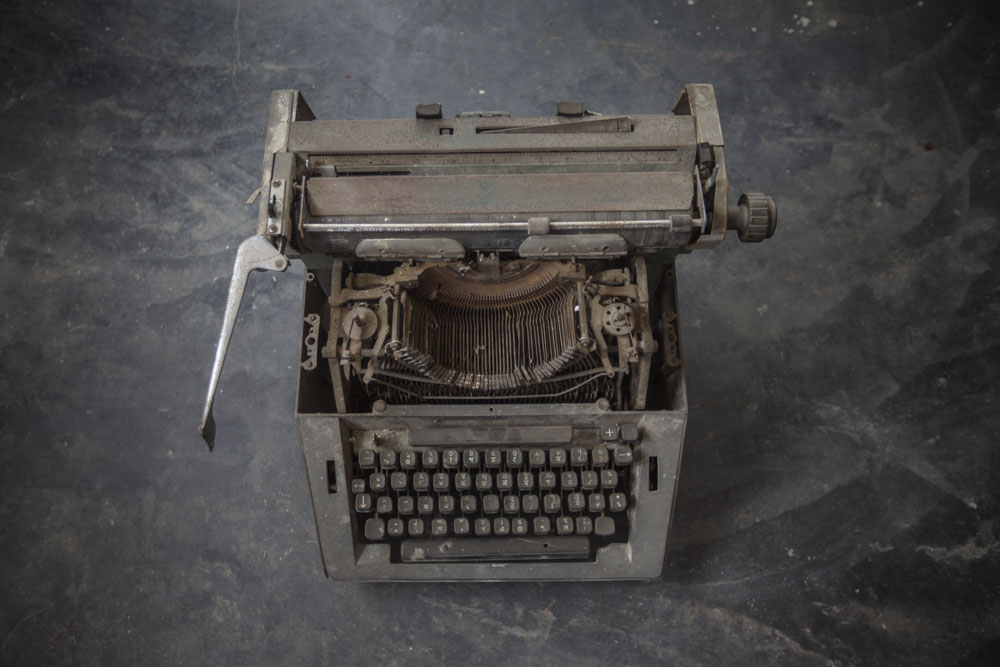
The leaves burned as the soldiers stood and watched. The same leaves they weave to make your mat. The same leaves I shall burn, to etch your image. Will the burning mat hold your pain? Will the charred leaves hold your anger? Will the image rising from the crisp ashen leaves reignite us? Will you return Kalpana?
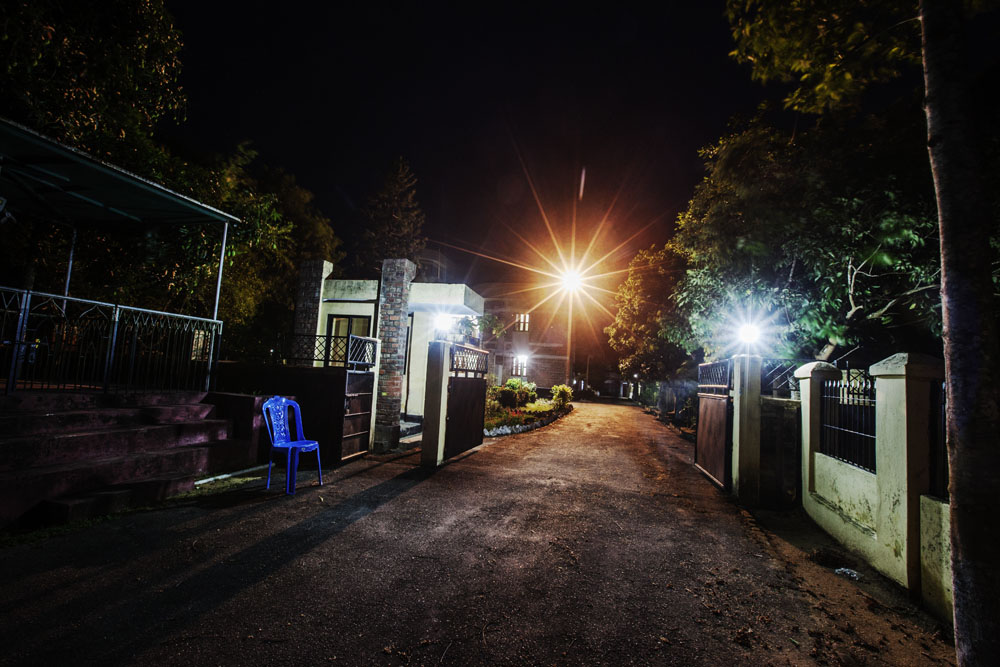
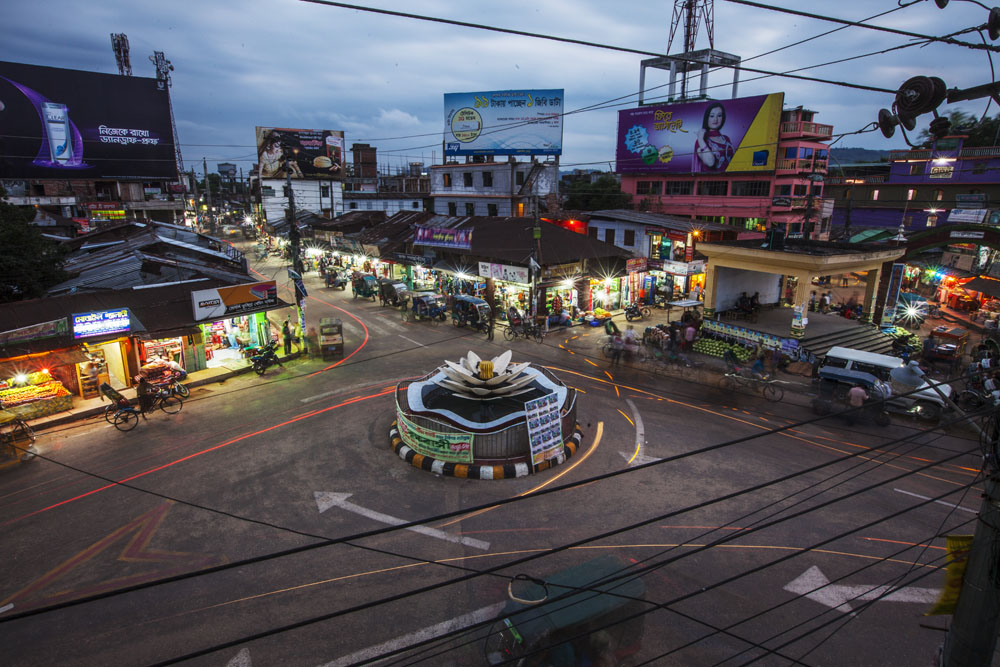
For nineteen years I have waited, my unseen sister. For nineteen years they have waited, your warriors. Pahari, Bangali, men, women, young old. Was it what you said? What you stood for? Was it because you could see beyond the land, and language, the shape of one?s eyes and see what it meant to be a citizen of a free nation? For pahari, bangali, bihari, man, woman, hijra, rich, poor, destitute, Hindu, Muslim, Christian, Buddhist, Atheist, Agnostic, Animist.
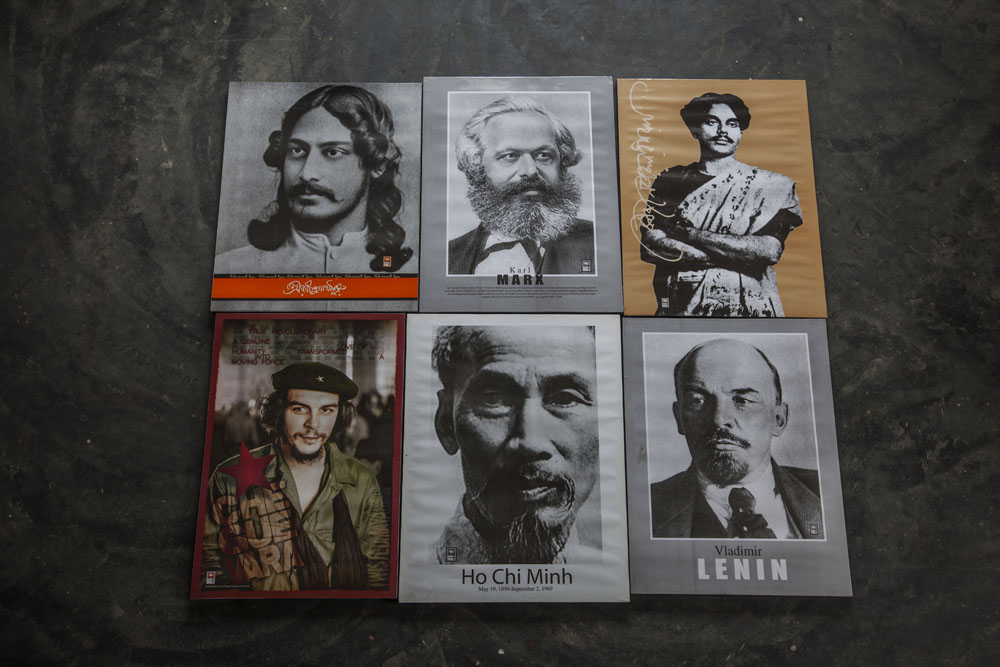
You had reminded us that a nation that fought oppression, could not rule by oppressing. That a people that fought for a language, could not triumph by suppressing another?s. That the martyrs who died, so we might be free, did not shed their blood, so we could become tyrants. That we who overcame the bullets and bayonets of soldiers, must never again be ruled through the barrel of a gun.
That Kalpana is what binds us. That is why Kalpana, you are not a pahari, or a woman or a chakma or a buddhist, but each one of us. For there can be no freedom that is built on the pain of the other. No friendship that relies on fear. No peace at the muzzle of a gun.
These Kalpana are your warriors. They have engaged in different ways, at different levels, sometimes with different beliefs. Some have stayed with you from the beginning. Others have drifted. They have not always shared political beliefs. But for you Kalpana, my unseen sister, they fight as one.
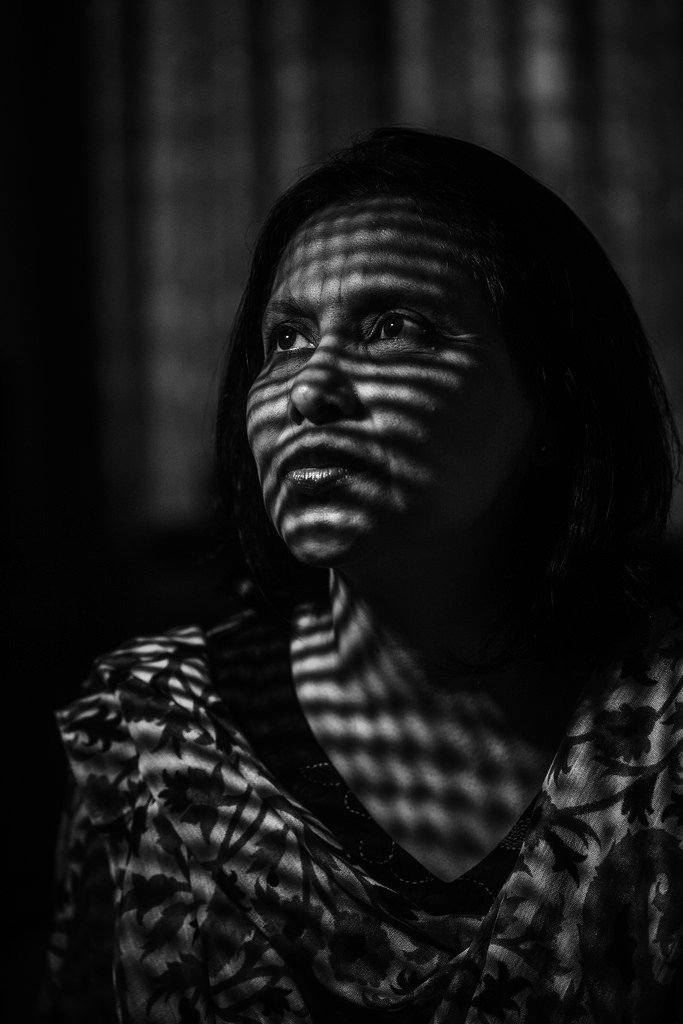
The Process
The process involved in creating these images are rooted to the everyday realities of the hill people, the paharis. Repeatedly, the interviewees talked of the bareness of Kalpana?s home. That there was no furniture, that Kalpana slept on the floor on a straw mat.
Sadia Marium making prints for my upcoming show on Kalpana Chakma #justiceforkalpana #eavig #CHT #military #bangladesh #rights #photography
A photo posted by Shahidul Alam (@shahidul001) on
Rather than print on conventional photographic media, we decided we would use material that was part of pahari daily lives. The straw mat became our canvas. The fire that had been used to raze pahari homes, also needed to be represented, so a laser beam was used to burn the straw, etching with flames, the images of rebellion.
It was the politics of this interaction that determined the physicality of the process. The laser beam consisted of a binary pulse. A binary present on our politics. In order to render the image, the image had to be converted in various ways. From RGB to Greyscale to Bitmap, from 16 bit to 8 bit to 1 bit. To keep detail in the skin tone despite the high contrast, the red channel needed to be enhanced. The Resolution and intensity and duration of the laser beam needed to be brought down to levels that resulted in the straw being selectively charred but not burnt to cinders.
A screen ruling that separated charred pixels while maintaining gradation had to be carefully selected. And then, working backwards, a lighting mechanism needed to be found that broke up the image into a discrete grid of light and dark tones, providing the contrast, the segmentation and the gradation, necessary to simulate the entire range of tones one expects in a fine print. This combination of lighting, digital rendering, printing technique and choice of medium, has led to the unique one off prints you see in this exhibition. A tribute to a unique woman that had walked among us.
And Yet She Smiles
And yet she smiles. Gang raped numerous times as a child. Forced into pick pocketing. Caned till she was unconscious. Sold to a madame. Hajera Begum’s life has little that would give cause to smile. Yet she smiles. She cries too. Not because of the gang rapes, or the beating, or the many years she lives in the streets as a rag picker, but when she remembers that a man who worked in an NGO, refused to work in her team because she was a sex worker.
It was that moment that Hajera decided she would make sure it was different for others like her. She had earlier set up a self-help group for sex workers, but eventually, with the help of some university students and other friends and a generous journalist, set up an orphanage for abandoned kids. They are mostly children of sex workers. Some are children of drug addicts. A few are children of parents who simply couldn’t afford to keep them. Hajera and her thirty children live in five small rooms near Adabor Market 16, on the edge of Dhaka. Run entirely by volunteers, she has only one paid staff, the cook. “What will I do with a salary” she says. We share what food we have. I have a roof over my head and I have my children.
Remarkably, Hajera is not bitter. While she remembers every detail of her nightmarish life, she also remembers the friends who believed in her, and helped her set up the orphanage. Instead of remembering that she is incapable of bearing children because of brutal unwanted sex, she basks in the warmth of the 30 children who now call her mother.
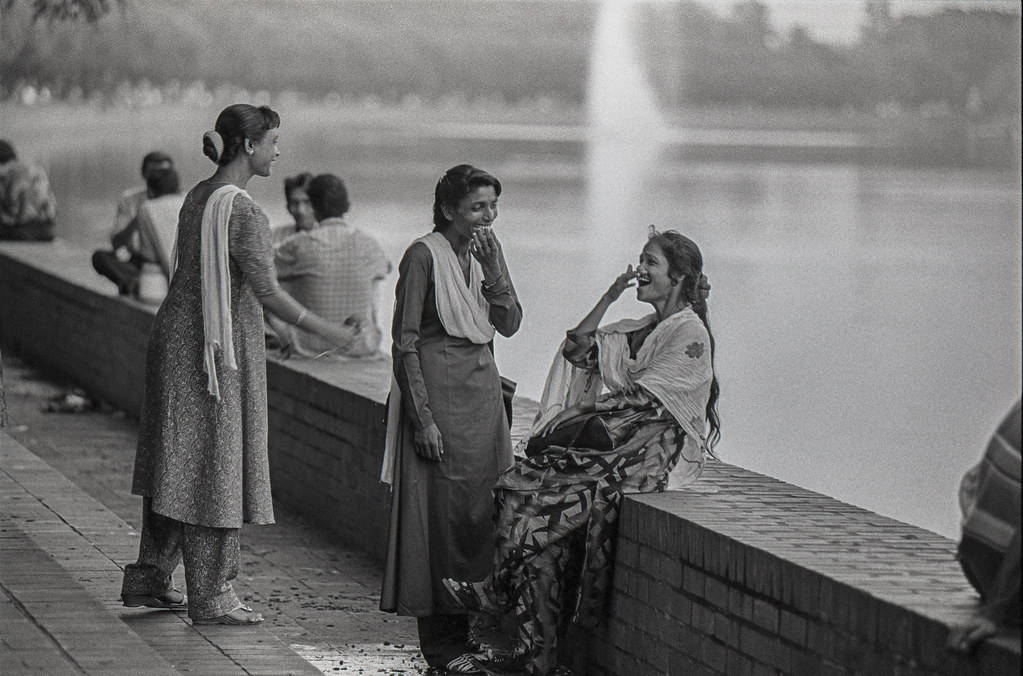 Hajera (right) and her friends by Crescent Lake in the parliament grounds. 1996. Photo: Shahidul Alam/Drik/Majority World[/caption] Continue reading “And Yet She Smiles”
Hajera (right) and her friends by Crescent Lake in the parliament grounds. 1996. Photo: Shahidul Alam/Drik/Majority World[/caption] Continue reading “And Yet She Smiles”
Wresting the Narrative From the West
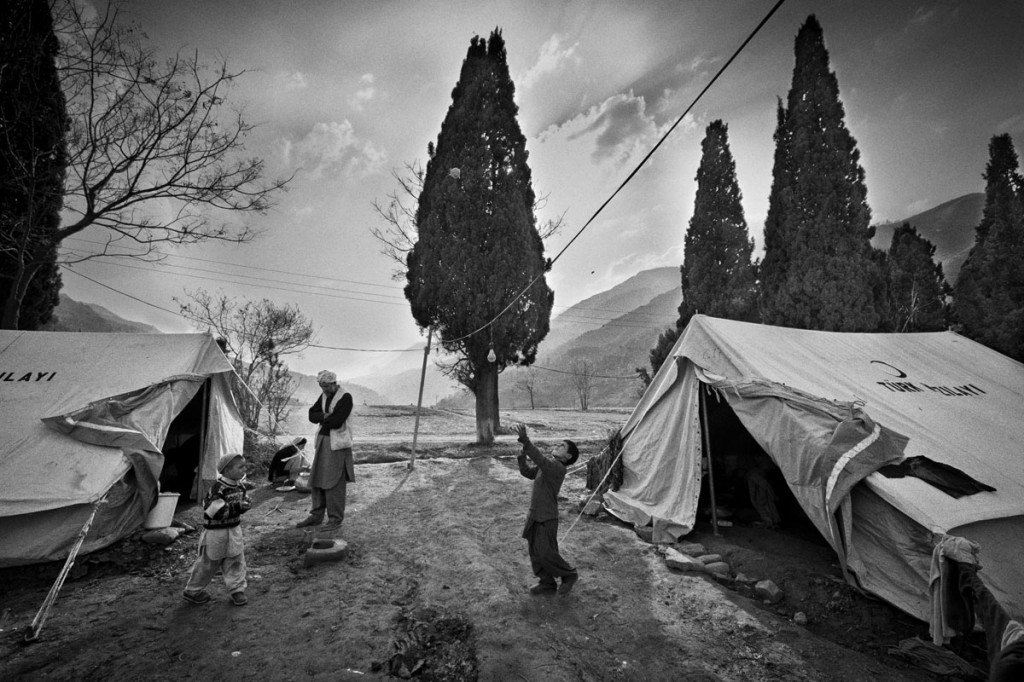
Most people today do not live in Europe or North America, or have white skin. Yet the world’s economy and media are dominated by a handful of Western countries, and the reporting on developing nations is not always done by people who know their subjects well. Continue reading “Wresting the Narrative From the West”
Bangladesh: Past Present Future
-
EXHIBITIONS | FASHION | WORKSHOPS | ADDA | MUSIC
An unmissable chance to discover and explore the rich culture and creativity of Bangladesh and its new directions. From 22nd to 24th February at the Bargehouse London SE1 9PH
Upcoming events
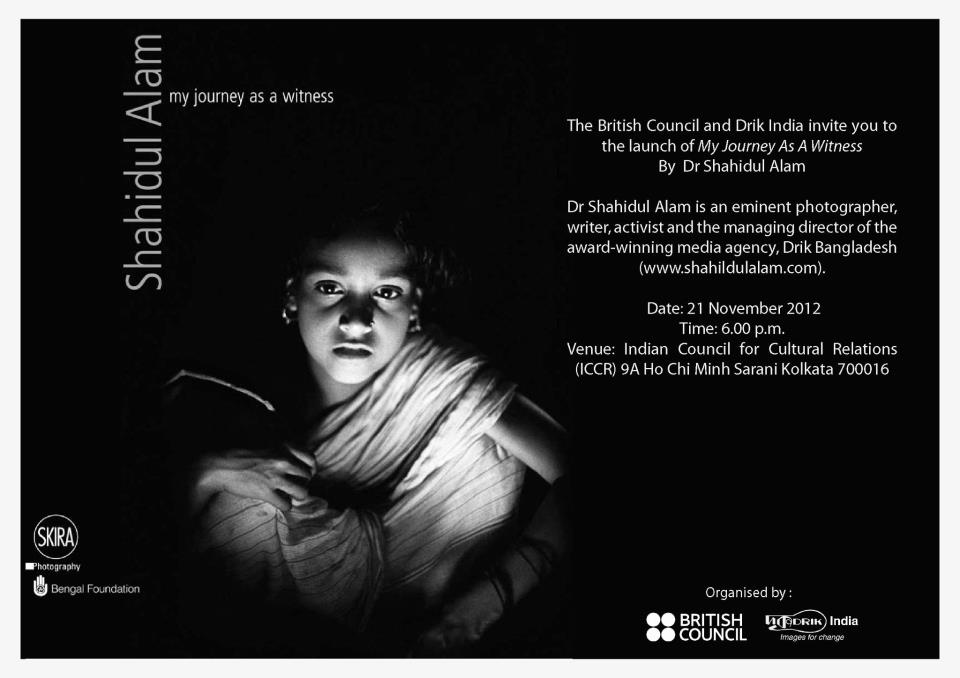
British Council and Drik India cordially invite you to the launching of the book by Dr. Shahidul Alam ? My Journey As A Witness? followed by lecture presentation of the artist.
Dr. Shahidul Alam is an eminent photographer, writer, activist and the Managing Director of the award winning media agency Drik Bangladesh.
Date: 21 November,2012
Time: 6- 8 pm
Venue: Jamini Roy Gallery, 3rd floor, Indian Council for Cultural Relations (ICCR), 9A Ho Chi Minh Sarani, Kolkata 700 016 ( Opposite to US Consulate)?? with?Shahidul Alam.
Review of My journey as a witness by John G Morris

Bangladeshi photojournalist Shahidul Alam?s first UK retrospective ? picture feast
From Art Radar Journal
BANGLADESH PHOTOGRAPHY LONDON GALLERY SHOW
The first UK retrospective of works by internationally renowned Bangladeshi photographer and social activist Shahidul Alam is on at London?s Wilmotte Gallery until December 2011.?Art Radar brings you a selection of portraits and accompanying wall texts from the exhibition.
Click here to read more about the artist and the exhibition, called ?Shahidul Alam: My Journey as a Witness?, on Wilmotte Gallery?s website.

‘Nurjahan’s father’ (portrait), Chatokchora, Sylhet, Bangladesh, 1994. ? Shahidul Alam.

‘Ali Zaman’ (portrait), Chakkar Bazaar, Kashmir, Pakistan, 2005. ? Shahidul Alam.
 Continue reading “Bangladeshi photojournalist Shahidul Alam?s first UK retrospective ? picture feast”
Continue reading “Bangladeshi photojournalist Shahidul Alam?s first UK retrospective ? picture feast”
London Launch
Subscribe to ShahidulNews
London launch of “My journey as a witness” by Shahidul Alam. 10th October 2011. Film by?Frode Hegland and?Enamul Hoque
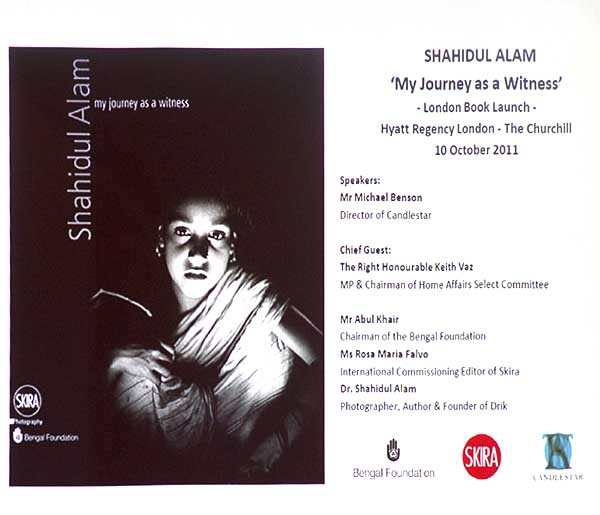
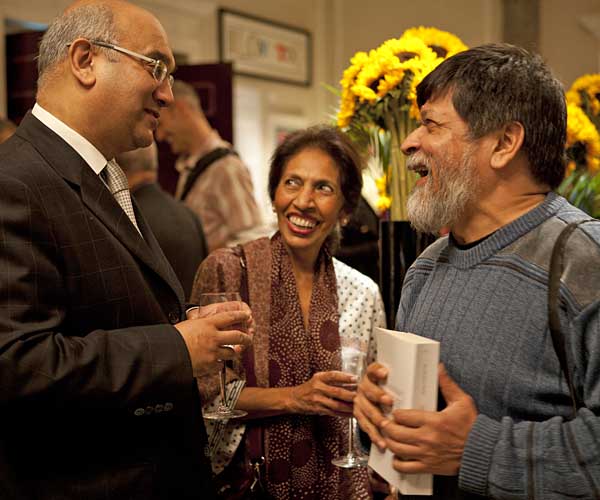
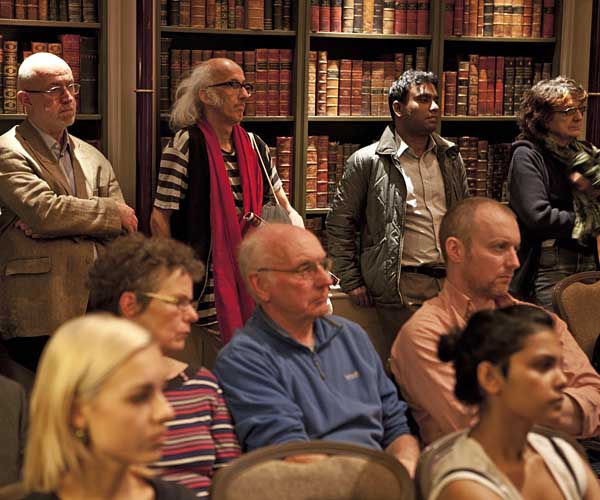
BBC World Service interview
Public Talk at National Geographic
Pictures of exhibition at Wilmotte Gallery in Oxford Gardens continues till 18th November 2011. Pictures of launch at Delhi Festival to follow.


